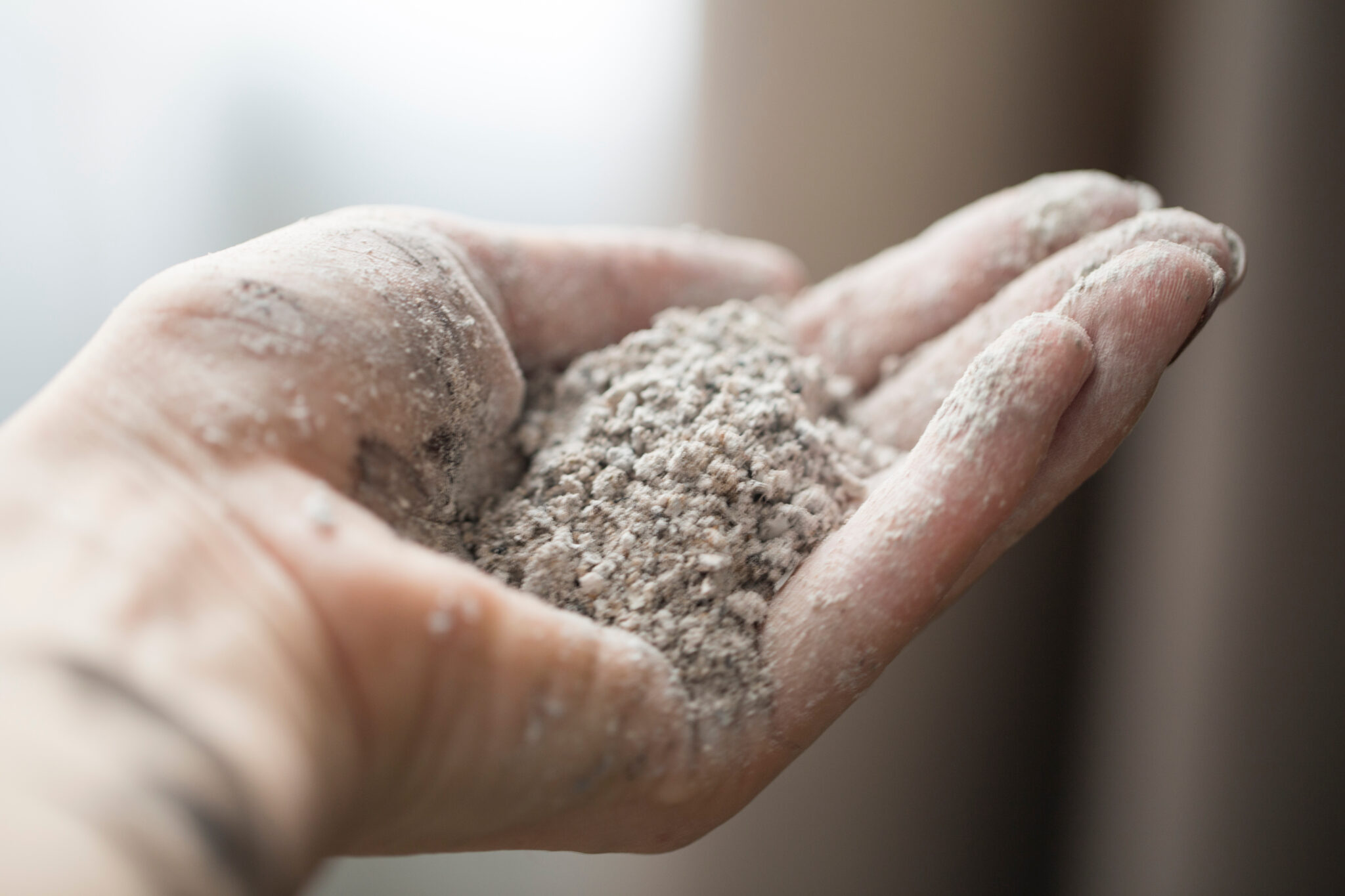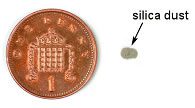
25 May What is Silica
What is silica. Silica is a natural substance found in varying amounts in most rocks, sand and clay. Widely used in both commercial and construction applications. It could be found in construction materials such as bricks, tiles, concrete and mortar. Potentially harmful dust can be created when you work with these products.
During many common construction tasks you generate dust from these materials. Common tasks include cutting, drilling, grinding and polishing. We know that silica is a carcinogen. Some of this dust is fine enough to get deep into your lungs. The fine dust is known as respirable crystalline silica (RCS). The dust is too fine to see with normal lighting. It is commonly called silica or silica dust.
The Risk Of Silica
Evidently Silica is the biggest risk to construction workers after asbestos.
Heavy and prolonged exposure to RCS can cause lung cancer and other serious respiratory diseases. The HSE (Health and Safety Executive) estimates it was responsible for the death of over 500 construction workers in 2005. Not only is there a risk of lung cancer, but silica is linked to other serious lung diseases:
- Silcosis – can cause severe breathing problems and subsequently increases the risk of lung infections. Silicosis usually follows exposure to RCS over many years. But acute silicosis is a rare life-threatening complication of short-term exposure to very large amounts of RCS. The scarring of the lung tissue caused by RCS causes a loss of lung function, usually over a period of years. In the early disease stages there are often no symptoms. However, shortness of breath can develop. This can eventually impact ability to walk even short distances. Workers with silicosis are also at an increased risk of developing tuberculosis, kidney disease and arthritis. Silicosis, is irreversible and may continue to worsen even after exposure stops.
- COPD – Chronic obstructive pulmonary disease – is a group of lung diseases including bronchitis and emphysema. COPD is a long-term illness that develops gradually over several years. The lungs are permanently damaged making it difficult to breathe. As a result it causes severe breathlessness, prolonged coughing and chronic disability. It can be very disabling and is a leading cause of death. Around 4000 deaths are estimated annually due to COPD because of past workplace exposures. Construction workers are a significant at risk group within this.
Table Of Products Containing Silica
Type of Stone | Percentage of Silica |
|---|---|
| sandstone, gritstone, quartzite | more than 70% |
| concrete, mortar | 25% to 70% |
| shale | 40% to 60% |
| china stone | up to 50% |
| slate | up to 40% |
| brick | up to 30% |
| granite | up to 30% |
| ironstone | up to 15% |
| basalt, dolerite | up to 5% |
| limestone, chalk, marble | up to 2% (but these can contain silica layers) |
Table from the HSE document on silicosis: https://www.hse.gov.uk/lung-disease/silicosis.htm
How Much Silica Is Too Much
Basically the amounts needed to cause damage are not large. After using the right control measures, the HSE advise that the most amount of silica you should be inhaling is shown in the picture next to the penny.

How to Protect Against Exposure
The HSE produce an abundance of documents and guidance to help you protect against exposure. Their page relating to Construction hazardous substances: Construction dust tells you how to control the risks and why.
As a face fit testing company we are often asked to conduct face fit testing on behalf of companies protecting their staff with the use of RPE. The Health and Safety Executive Document HSG53 Respiratory protective equipment at work provides essential guidance on why respiratory protective equipment (RPE) should be used, what the law says and how to select RPE that is adequate and suitable.
References
https://www.hse.gov.uk/construction/healthrisks/cancer-and-construction/silica-dust.htm
https://www.hse.gov.uk/lung-disease/silicosis.htm
https://www.hse.gov.uk/copd/index.htm
https://www.hse.gov.uk/construction/healthrisks/hazardous-substances/construction-dust.htm



No Comments